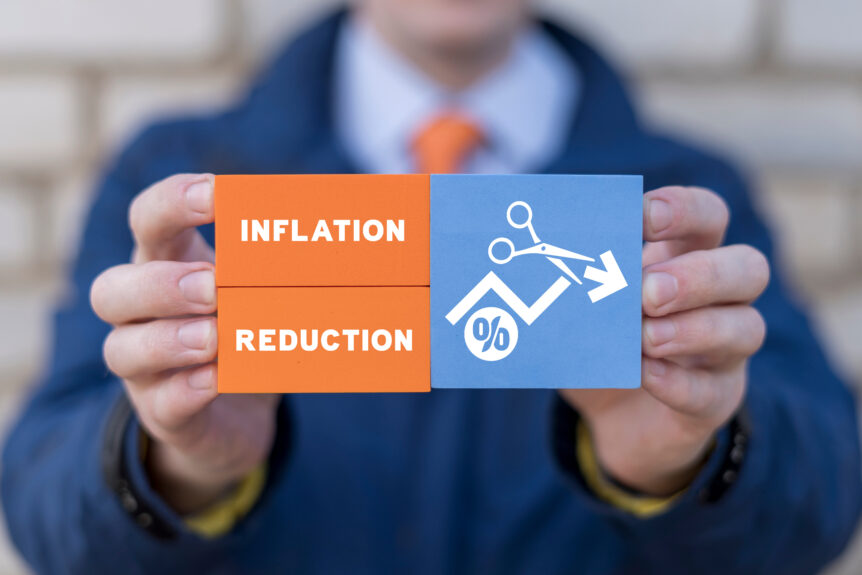With the Inflation Reduction Act (IRA) and Bipartisan Infrastructure Law (BIL), federal, state, and local agencies have been charged with quickly spending an unprecedented amount of funds for energy efficiency and renewable energy programs. Multifamily affordable housing (MFAH) can leverage these dollars to minimize costs for projects that incorporate solar and storage, heat pump HVAC and hot water, health and safety measures, EV charging, and other green upgrades. However, demand for funding far exceeds supply, and there is a finite amount of time to access these resources. MFAH should start planning right now.
IRA and BIL funding sources available for braiding into a capital stack (with LIHTC and other familiar funding sources) include: · 45L tax credits for new construction (up to $5,000 per unit); · 179D tax deductions for existing properties (up to $5/sq. ft.); · Investment Tax Credits (ITC) for solar, battery energy storage systems, and EV charger installs (minimum 30% percent of project cost but as much as 60%);
- Utility rebates (depends on your utility, but could be over $5,000 per unit);
- Weatherization Assistance Program (WAP) (approx. $10,000 per unit, if your state will allow multifamily housing to access WAP funds); · U.S. Dept. of Energy Rebate Programs (up to $14,000 per unit for electrification solutions or $8,000 for EE installs); · HUD’s Green and Resilient Retrofit Program (up to $80,000 per unit under the Comprehensive funding cohort);
- EPA’s programs offer the largest bucket of funds—$35B available as grants or low-cost loans for green upgrades in MFAH.
Stakeholders that are prepared are the ones most likely to benefit from these funds. Preparation should take a couple of different forms:
1. Plan to utilize bridge financing. The timing of receipt of IRA and BIL incentives can create issues for projects if stakeholders don’t have good solutions for managing cash flow. Grant funds and tax credits are received after projects are completed, but contractors need funds upfront to and to be paid before the incentives are paid out by the government. Credits can be transferred or sold to nonprofits for quick cash, but they lose some of their value in the transfer, and additional funds are needed to hire lawyers and CPAs and purchase insurance. TBL Fund offers bridge financing to enable MFAH property owners to access loans for projects that can be repaid once the IRA incentives are in-hand. To minimize out-of-pocket expenses, our in-house experts also help customers access all of the incentives, rebates, and credits that their projects qualify for.
2. Advocate for your market. In addition to sophisticated capital stacks and financing strategies, successful green projects in MFAH depend on supportive policy, regulatory, and administrative infrastructure. For example, MFAH properties can only access WAP dollars if their state has multifamily-focused weatherization services. Onsite solar is most cost-effective when projects can benefit from virtual net metering, which “virtually” allocates the solar from one large install to each apartment on the property. Unfortunately, in most states, much more work needs to be done to develop the kind of policy and regulatory infrastructure that can facilitate green projects in the MFAH market. To guide this work, MFAH stakeholders should push the entities managing IRA and BIL incentives to leverage the expertise of local multifamily specialists and stakeholders. These relationships can inform program design and implementation and help ensure that a fair slice of the new federal funding reaches the MFAH market.
To learn more about how to take advantage of your opportunities through IRA and BIL, contact our experts at TBL Fund.

